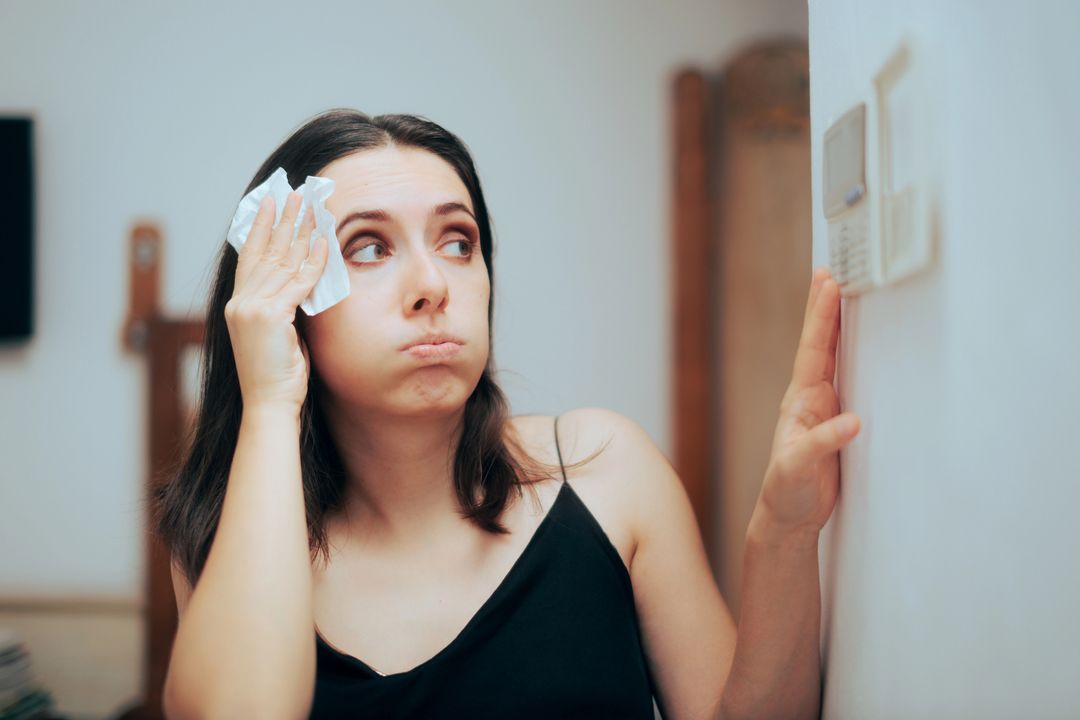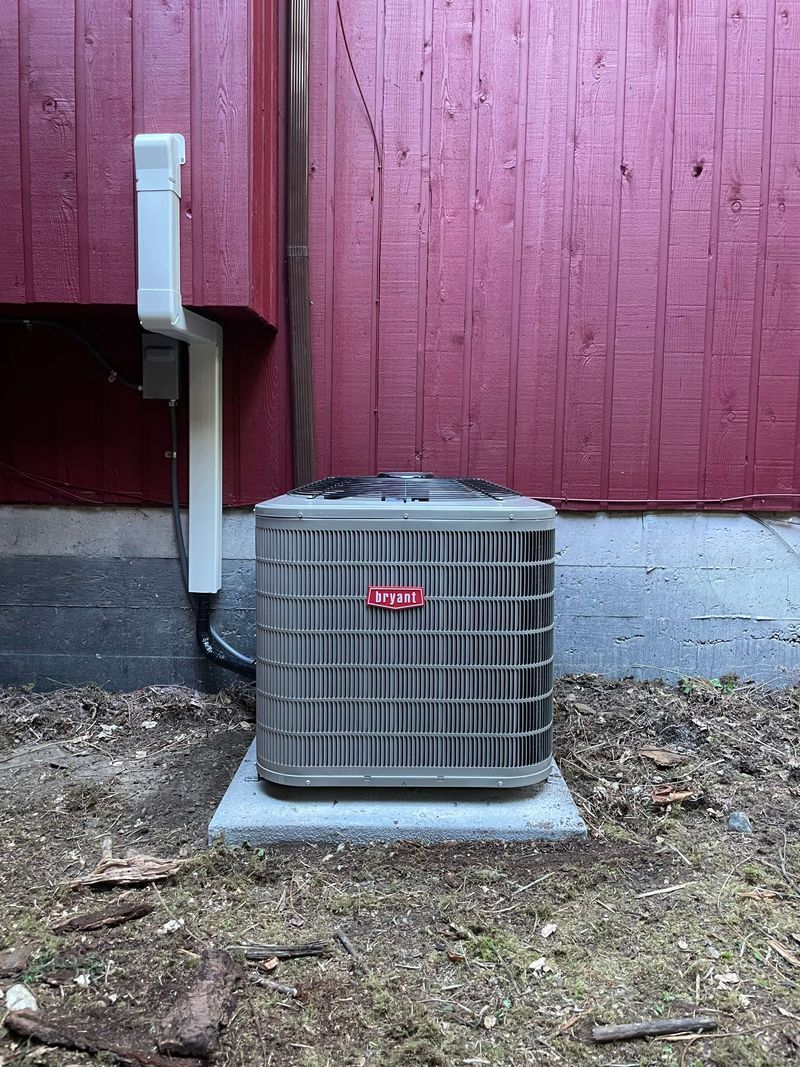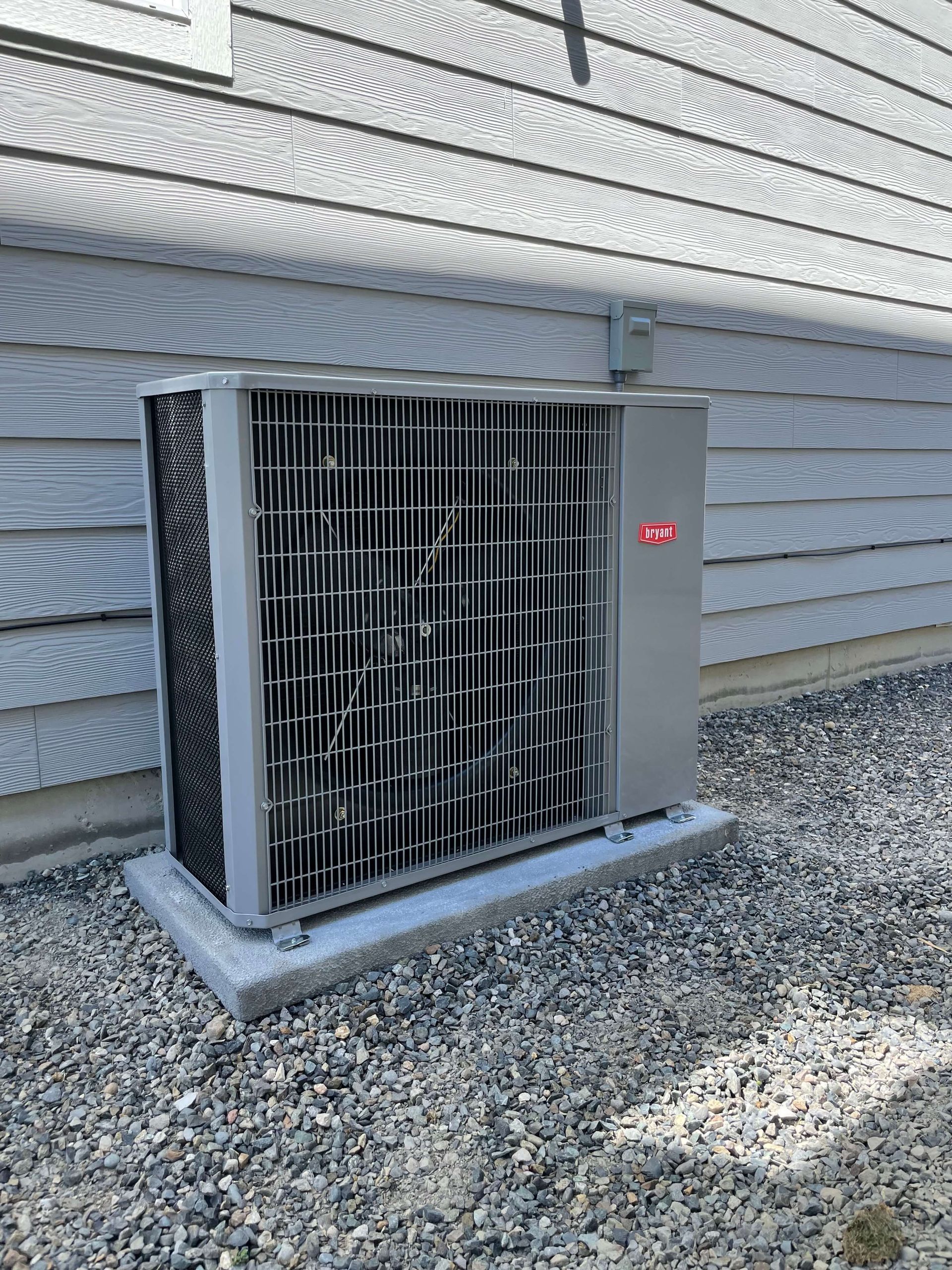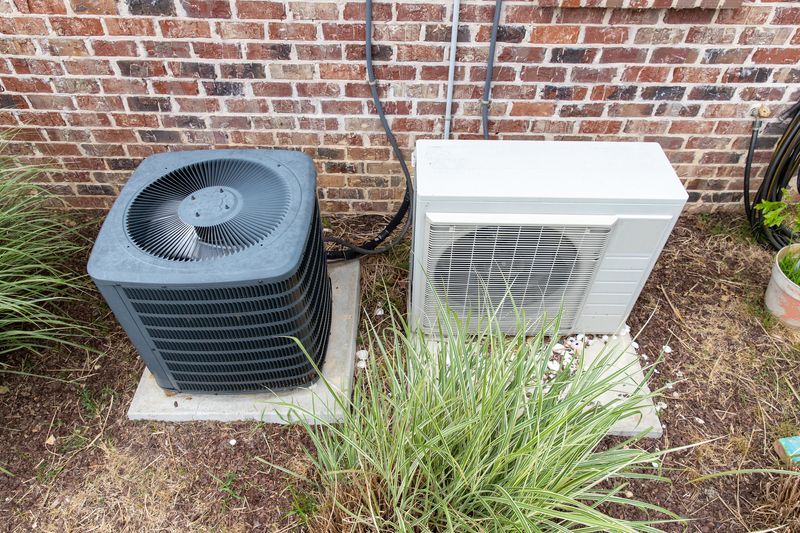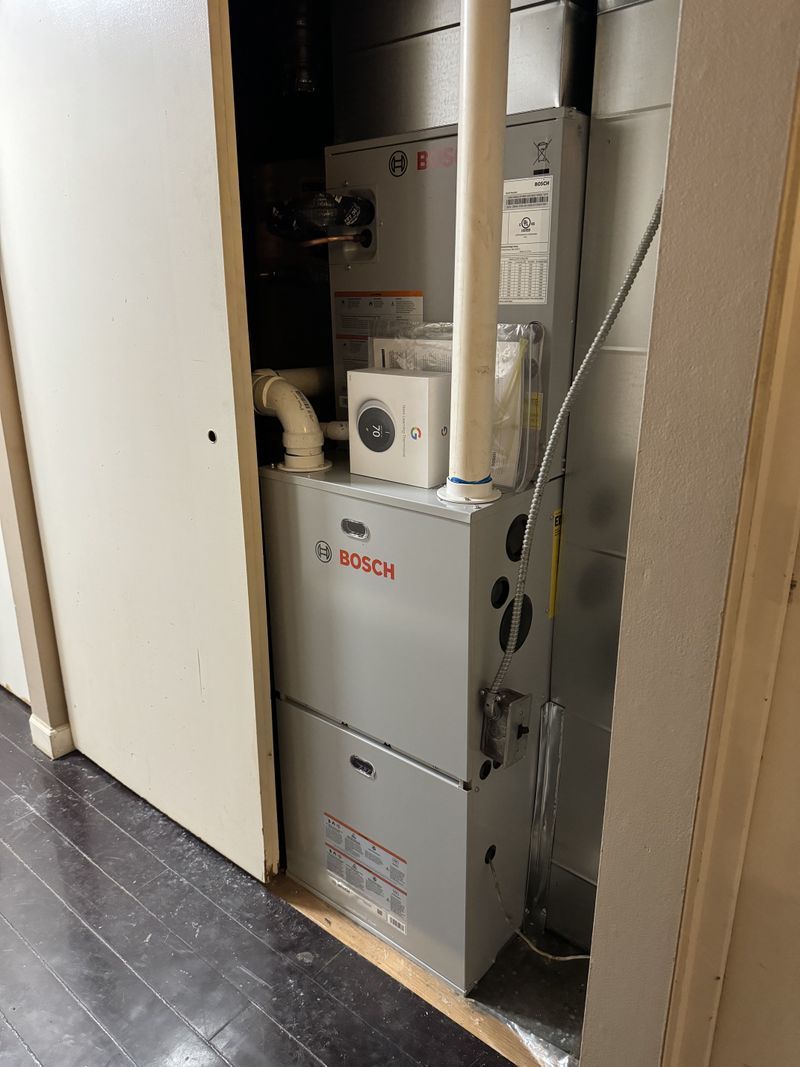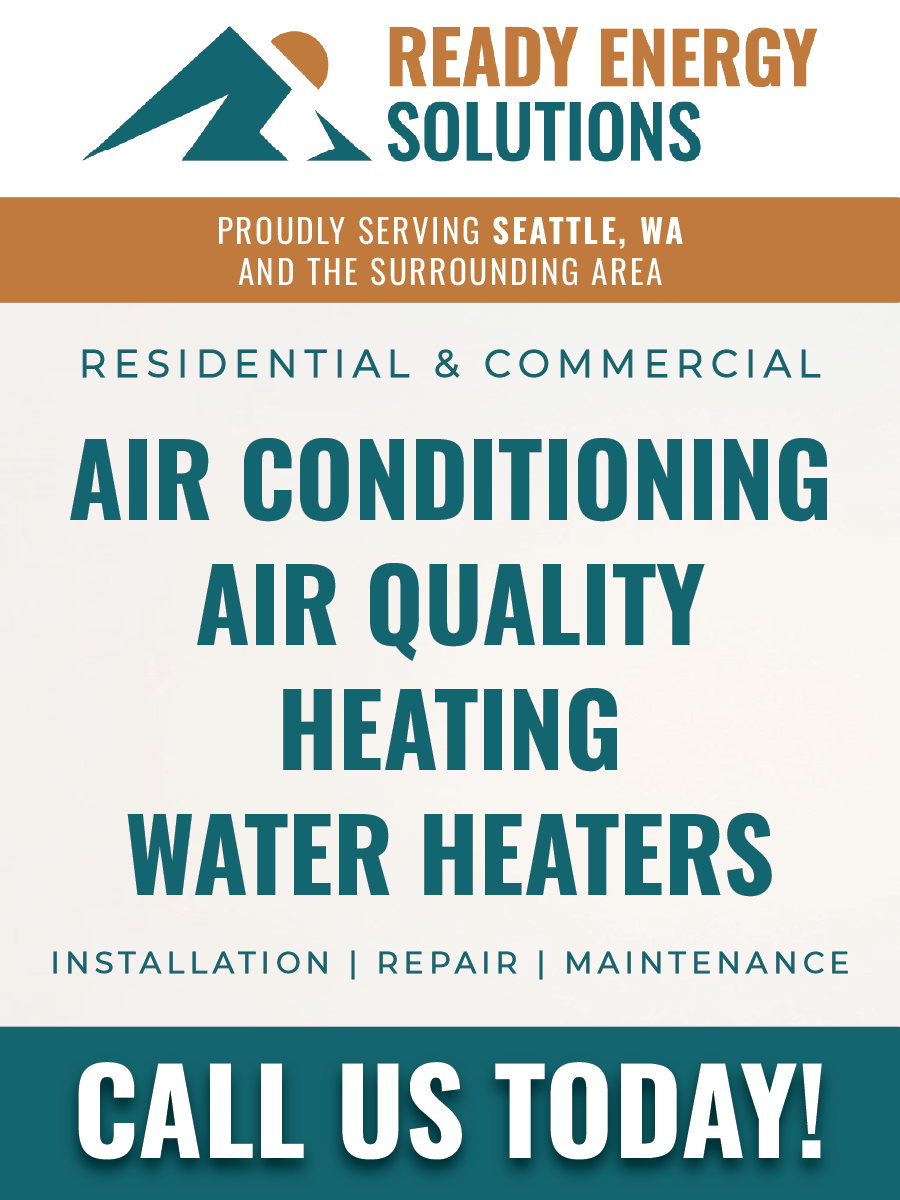Common Indoor Air Pollutants and How Testing Helps Identify Them
From persistent headaches to itchy eyes, indoor pollutants like dust, mold spores, and chemical fumes can impact your health in ways that often go unnoticed. Even worse, many of these pollutants are invisible and can linger in the air, affecting your well-being over time.
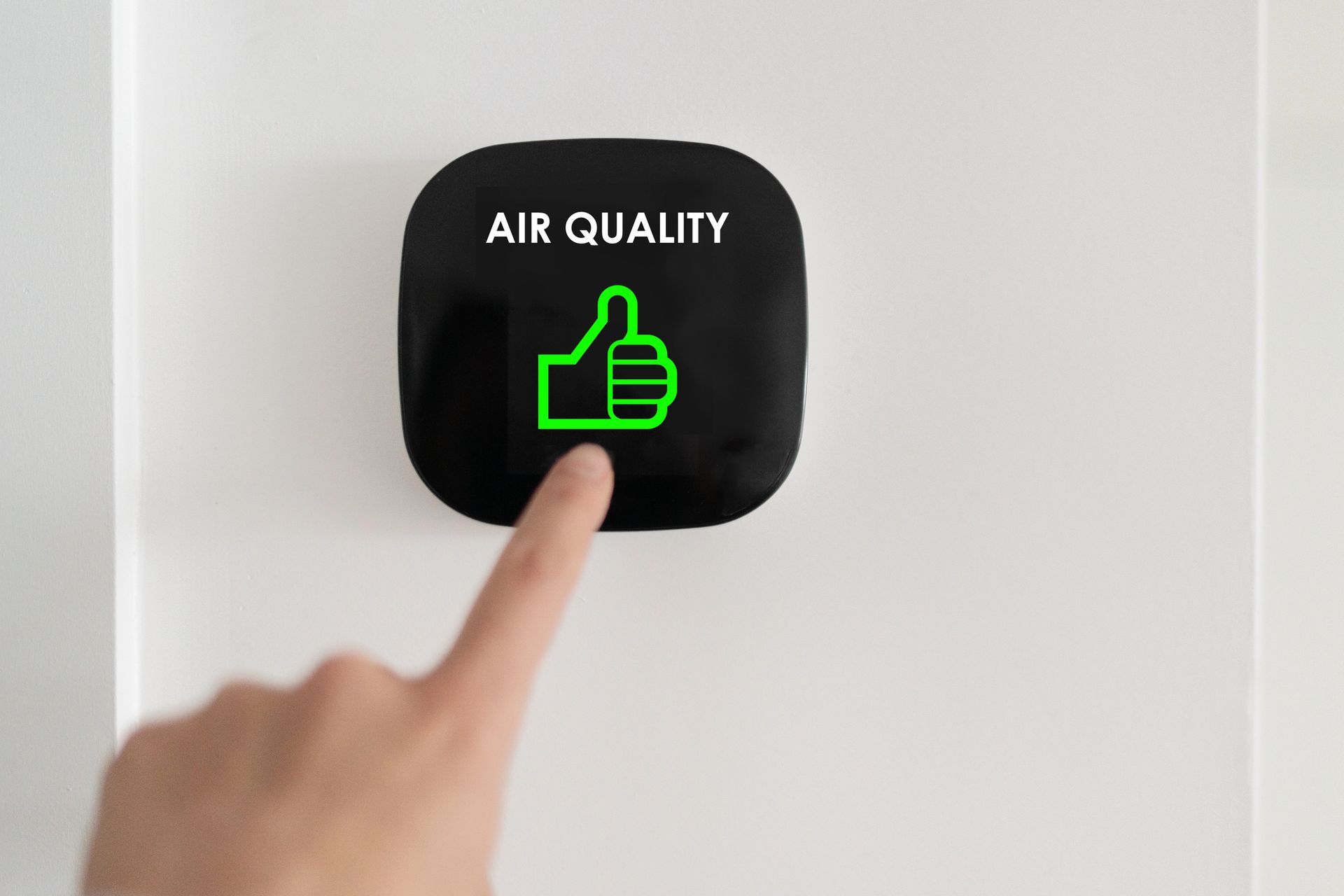
Fortunately, indoor air quality testing in Seattle makes it possible to identify these hidden irritants and take steps to improve the air you breathe. With the right testing, you can uncover the exact pollutants in your environment and better understand where they’re coming from, whether that’s a hidden mold patch, fumes from cleaning supplies, or a carbon monoxide leak.
Let’s explore the most common indoor air pollutants and how testing for them can make a big difference in your quality of life.
5 Common Indoor Air Pollutants
Indoor air pollutants vary in type and source, and each can impact your health differently. Here’s a closer look at the major types of pollutants found in homes and businesses:
Volatile Organic Compounds (VOCs)
Volatile Organic Compounds, or VOCs, are chemicals that evaporate easily at room temperature. They’re commonly found in household products like paints, varnishes, cleaning supplies, and even furniture. When these items release VOCs into the air, they can cause symptoms such as headaches, dizziness, and even long-term respiratory issues with chronic exposure.
Since VOCs can persist in the air, testing can help determine if VOC levels are high and where they might be coming from.
Mold and Biological Contaminants
Mold spores, dust mites, pet dander, and bacteria are all examples of biological contaminants. These pollutants thrive in damp, warm areas such as bathrooms, basements, and air ducts. Mold growth can especially impact those with allergies or respiratory conditions, as it releases spores that may aggravate symptoms like coughing, sneezing, and shortness of breath.
Air quality testing can identify the presence and concentration of biological contaminants, helping homeowners pinpoint areas that need attention.
Particulate Matter (PM2.5 and PM10)
Particulate matter refers to tiny particles suspended in the air, often measured as PM2.5 (small particles) and PM10 (larger particles). Sources of particulate matter include dust, smoke, pet dander, and cooking activities.
Particulate matter can be inhaled into the lungs, causing respiratory irritation, especially in sensitive individuals. Air quality testing measures levels of particulate matter, allowing homeowners to understand if filtration or increased cleaning is necessary.
Carbon Monoxide (CO)
Carbon monoxide is an odorless, colorless gas produced by combustion. Sources of CO include gas stoves, heaters, and vehicle exhaust. Because it’s toxic even at low levels, carbon monoxide exposure can be dangerous and requires immediate action if detected.
Symptoms of exposure include headaches, nausea, and in severe cases, can be life-threatening. Air quality testing for CO and the use of CO detectors can prevent dangerous exposure and ensure indoor safety.
Radon
Radon is a naturally occurring radioactive gas that enters homes through cracks in the foundation and other openings. It’s a major indoor pollutant linked to lung cancer, especially in areas with higher natural radon levels.
Testing for radon is crucial, particularly for homes in radon-prone areas, as radon is odorless and invisible. Regular testing helps detect elevated radon levels and determine if your space needs remediation.
How Does Professional Indoor Air Quality Testing Work?
Professional indoor air quality testing provides a detailed look at what’s floating in the air we breathe, using advanced tools to detect pollutants that aren’t always visible or noticeable.
Typically, a trained technician will assess the building’s layout and areas where pollutants are likely to concentrate, such as basements, bathrooms, kitchens, and spaces with limited ventilation. They use specialized equipment, like air sampling devices, particle counters, and gas detectors, to measure different pollutants.
Some tests involve capturing air samples, which are then analyzed in a lab to identify specific contaminants and their concentrations. This analysis provides precise information on each pollutant, enabling targeted solutions.
For example, if high levels of VOCs are found, professionals might recommend enhanced ventilation or suggest switching to low-VOC products.
In addition, professional testing can identify pollution sources, allowing for effective, targeted remediation. Such level of detail is hard to achieve with DIY tests and can make a significant difference in addressing potential health risks.
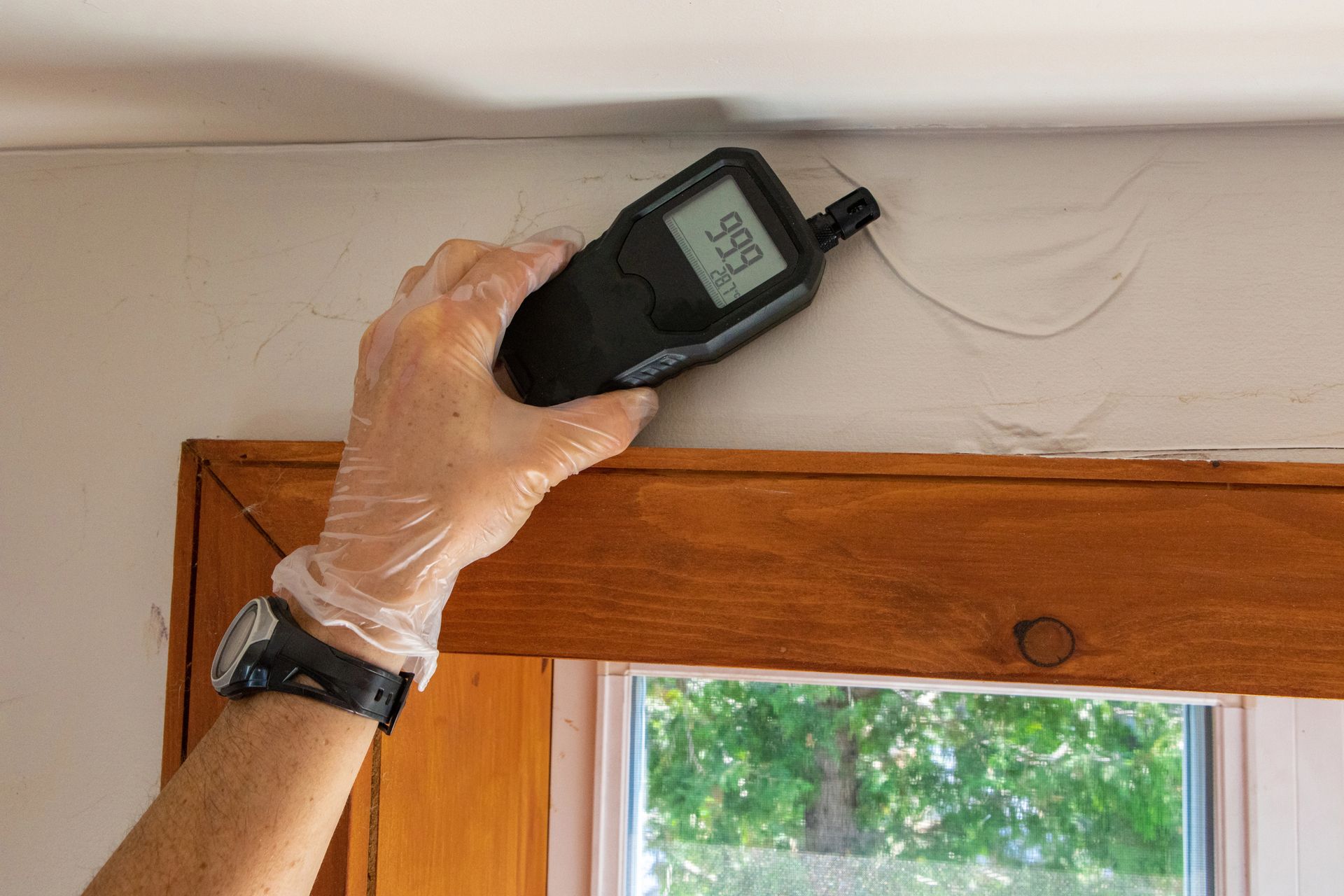
Benefits of Professional Indoor Air Quality Testing
Accurate Detection of Pollutants
Professional testing is highly accurate, detecting a wide range of pollutants, from allergens and mold spores to dangerous gases like carbon monoxide and radon. Accuracy is essential in creating an effective plan to improve air quality, as it pinpoints exactly which pollutants are present and in what concentrations.
As a result, you’re not guessing about the sources of any health issues or discomfort related to air quality.
Identification of Pollution Sources
While DIY tests may detect the presence of certain pollutants, professional testing goes a step further by helping to identify specific sources. Technicians can assess areas with high pollution potential, like basements, HVAC systems, and bathrooms, to find where pollutants are originating.
This information is invaluable for effective remediation, as it allows you to address the root causes rather than just treating the symptoms.
Customized Recommendations for Improvement
Once testing is complete, professionals provide recommendations based on your specific results, such as improving ventilation, upgrading HVAC filters, or using air purifiers. Because recommendations are tailored to your air quality needs, they’re often more effective than generic solutions.
Peace of Mind and Ongoing Safety
Knowing your indoor air quality status provides peace of mind, especially if you have young children, elderly family members, or anyone with respiratory issues in your home. Professional testing can catch serious issues like radon leaks or CO exposure that could pose immediate health risks, offering an added layer of safety.
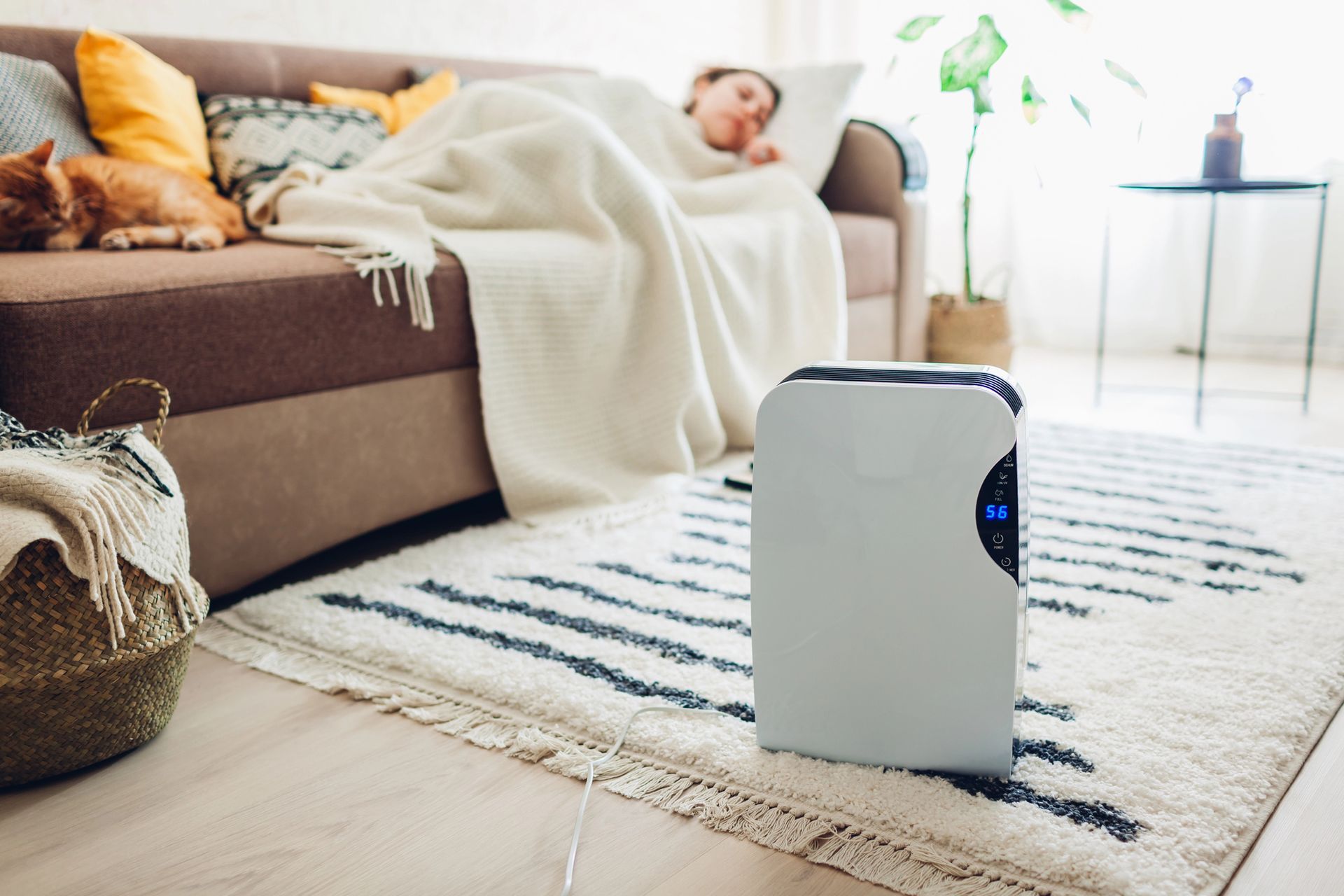
Interested in Professional Indoor Air Quality Testing in Seattle?
Take control of your indoor air quality with Ready Energy Solutions! Serving Greater Seattle for over five years, we’re your local experts in HVAC. As certified Mitsubishi Diamond Contractors, we offer top-quality installations with a 12-year warranty, plus maintenance and repairs.
Contact us today for reliable, professional service tailored to a healthier indoor environment.
GET IN CONTACT WITH READY ENERGY SOLUTIONS FOR EXPERT AC SERVICE
Contact us by calling 206-750-7020, or fill out the form below and we will be in contact within one business day.
Home Page
Thank you for contacting us!
We will get back to you as soon as possible.
Oops, there was an error sending your message.
Please try again later...


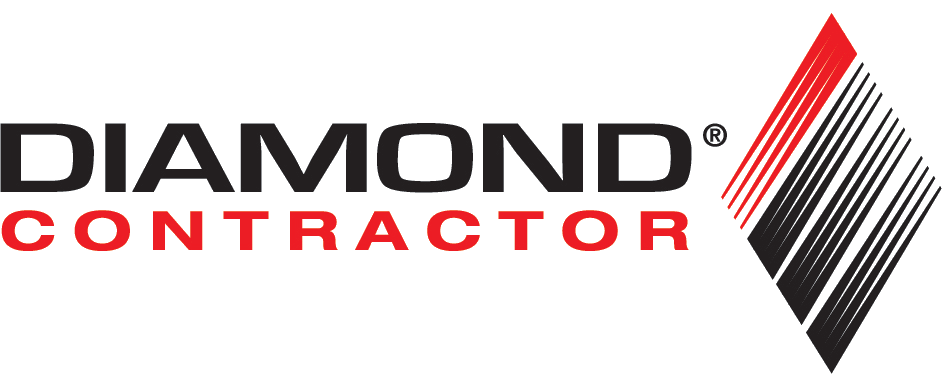
Ready Energy Solutions is proud to be a Mitsubishi Diamond Contractor as well as certified dealers for American Standard, Rinnai and Bosch
Proudly Serving
sEATTLE, WA
and the surrounding area
Seattle, WA
Kirkland, WA
Bellevue, WA
Shoreline, WA
Sammamish, WA
Renton, WA
Tacoma, WA
Issaquah, WA
8MMR+WW Federal Way, WA
OPEN 24 HOURS

